Review: CTM Festival 2024
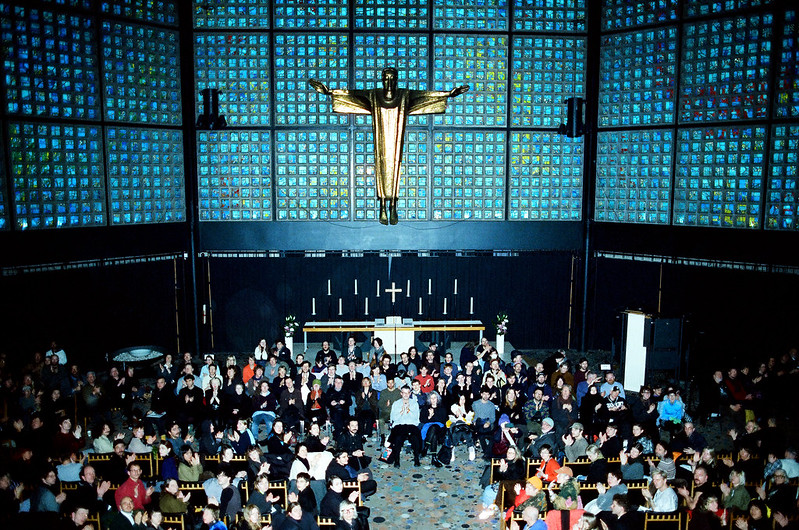
The electrifying highs and controversies of Berlin’s premier avant-garde electronic music and club culture gathering
As it does every year, the CTM Festival has brought together the international avant-garde of electronic music and club culture for its ten-day programme. What to some is merely noise is celebrated with an extensive line-up of performances spread across Berlin, at renowned venues including the former crematorium Silent Green, the alleged temple of techno Berghain or the underground holy grail OXI.
But CTM isn’t just a festival of pure hedonism. From established artists pushing boundaries to emerging creators experimenting with sound, the festival is a breeding ground for innovation.
With this year’s edition, CTM celebrated its 25th anniversary. Having started out as the music side programme of the media arts festival Transmediale, it has undoubtedly evolved into an entity in its own right. While the festival has always been regarded as well-curated and innovative, its 25 years have also been a constant learning curve. Having been criticised for its lack of diversity in previous years, the festival is now a good example of taking feedback and creating an inclusive line-up and spaces for current discussions within club culture. The festival had established itself as a platform for artistic and social discourse and a blueprint for forward-thinking curation.
From psychedelic metal to UKG, from gabber to reggaetón, you could hear sounds from just about every genre of dance music there is. But CTM is not the festival to tick off your list of must-see headliners. The festival is about exploring and pushing new musical ideas on both a general and individual level. That means you get the chance to experience unfamiliar sounds that might irritate, intrigue or blow you away. Perhaps what I like most about the festival is that, although it has been picked up by art critics who usually review opera, it has never been too pretentious about being an avant-garde event. The line-up is full of progressive and experimental music that takes some time to get into, but CTM always has an offering of music that’s just fun. By bringing in DJs like Lamsi, Nissa and SENU from Slic Unit, Moneyama or ojoo dance floor bangers were to be expected.
One of my personal favourites was the performance of ‘Agua Dulce’ by the duo Ale Hop & Laura Robles. Based in Berlin, these artists touch on their Peruvian roots by deconstructing traditional rhythms. Their mesmerising performance made me realise that I had underestimated the cajón. The handmade rhythms and abstract sounds were accompanied by dancer and artist Natisa Exocé Kasongo, who enriched the narrative so beautifully with his dance style. Another highlight was Infinity Division’s live set at Berghain. There wasn’t a second of boredom during his set, creating dystopian soundscapes by mixing elements of industrial and trance, creating chaos only to resolve it later. Electroacoustic composer Felicia Atkinson, along with abstract guitarist Jules Reidy and sound artist Crys Cole, created a beautiful bed of truly soothing sounds to match the antique upholstered chairs of the Volksbühne. Fittingly named ‘Through the Thinking Iceberg’, the sounds of grand piano, guitar, field recordings and voices slowly melted and drifted. Having spent the previous night at Berghain, I may have fallen asleep for a brief moment, but I think that only speaks for the performance. As for the grand finale, I went to the sold-out closing concert by Aïsha Devi. The producer presented her latest project ‘Death is Home’ with a captivating stage presence, combining thumping beats and seraphic vocals that made it feel both ethereal and heavy at the same time.
It is frankly impossible to see the whole programme. In short, I saw a lot, danced a lot, but missed too many shows and too many hours of sleep. Opting for the festival pass might tempt you into a frantic venue-hopping frenzy, but in reality, it only results in catching half of the sets at best, leaving you with a lukewarm experience. So instead of rushing around, fully immerse yourself in the performances you choose and use the time in queues in between as a sort of palette cleanser. CTM might be the perfect way to submerge into the cold darkness of Berlin’s winter and turn it into something memorable and exciting.
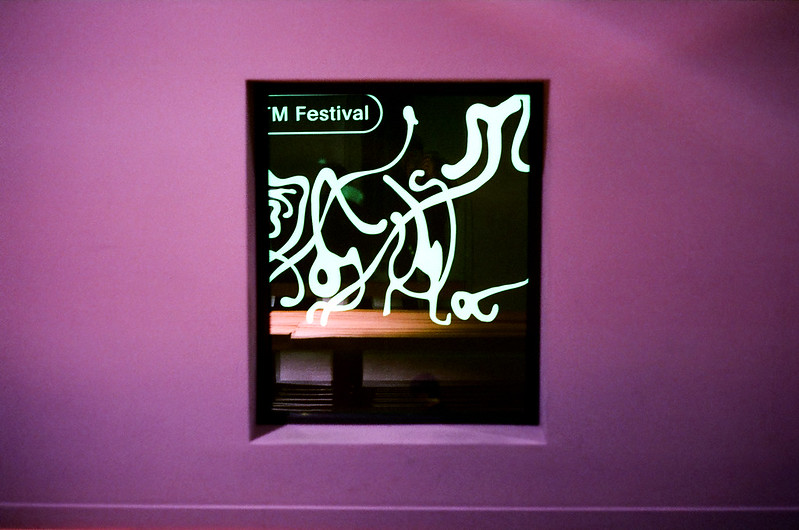
Unexpectedly, CTM made the headlines shortly before it began, but not for its innovative formats nor its exciting workshop programme. The festival was hit by a series of cancellations just days before the opening. CTM was at the epicentre of a new level of tension that was shaking Berlin’s cultural scene to its core. Berlin’s Senator for Culture, Joe Chialo, had announced a new anti-discrimination clause requiring state-funded cultural institutions to declare their stance against antisemitism. Chialo was quoted in a press release as saying that cultural institutions and funding bodies have a responsibility “to ensure that no racist, antisemitic, queer-hostile or otherwise marginalising forms of expression are supported with public funds.” This should be obvious; discriminatory content faces legal consequences.
Nevertheless, a wave of indignation and an open letter from the cultural scene followed. Setting requirements in terms of content goes beyond the usual formal criteria for the allocation of funds and is therefore a novelty. Would this be the first step towards limiting artistic freedom and diversity?
Perhaps even more striking is the explicit focus on antisemitism, invoking the controversial and ambiguous definition of the International Holocaust Remembrance Alliance (IHRA). Critics say this definition has often been politically instrumentalized to clamp down on support for Palestine, implying that any criticism of the Israeli state is antisemitic. Given the prevailing violence in Gaza, this has more than a sour taste.
Groups of activists and artists read this clause as a strategy to silence pro-Palestinian positions. In protest at this development, initiatives such as Strike Germany have called for a boycott of all institutions, festivals and events funded by the German state. Jyoty and Manuka Honey were among the first to publicly cancel their participation at CTM, followed by a further 21 artists. Berlin radio station Refuge Worldwide also cancelled their collaboration night at Berghain. Critics argue that the boycott is wrongly targeted. The organisers of CTM themselves expressed their concerns about the clause even before acts began to pull out. On the Monday of the festival, the Berlin Senate Department for Culture announced that, due to legal concerns, the anti-discrimination clause would no longer apply with immediate effect. Whether this can be seen as a direct success of the strike action is a matter of conjecture.
There is no doubt, however, that artists and cultural organisations did not shy away from demonstrating their criticism and therefore not only deliberately forgoing fees but also running the risk of losing commissions. In the current political climate in Berlin and beyond, it takes courage to speak out against the violence in Gaza and to demonstrate Palestinian solidarity.
The opening weekend took place without any mention or reference to the discourse of just a few days prior. Still, I couldn’t help but wonder if the unexpectedly non-existent queue at Berghain was a result of the boycott or just good timing on my side. But after passing the usual grumpy bouncers, the mood inside rose with each floor I passed.
CTM once again brought an unusual variety to Berlin’s beloved techno clubs – but they also expressed empathy for the artists who have dropped out. Despite the effort it must have taken to fill the many gaps in the line-up, there was no sign of any resentment. And just when I thought the whole festival would pass in awkward silence, Aïsha Devi ended the closing concert with a political speech calling for the end of violence and “spiritual decolonization.”
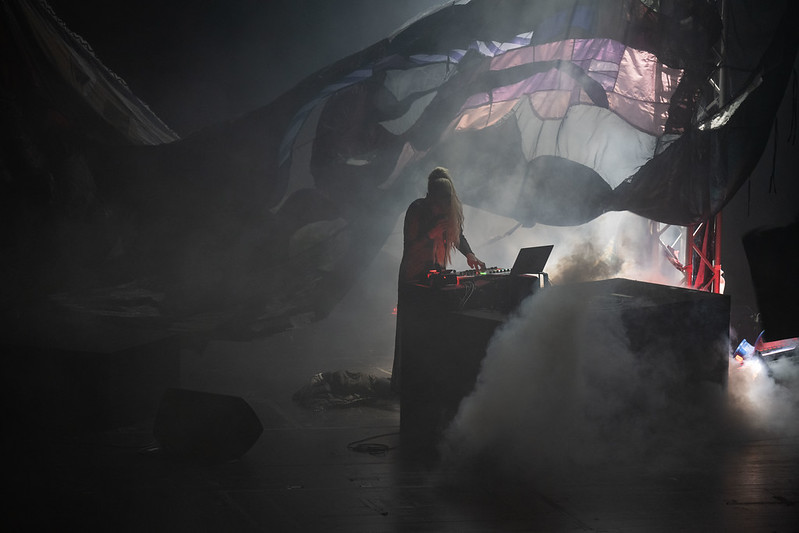
Photography courtesy of Frankie Casillo & Camille Blake


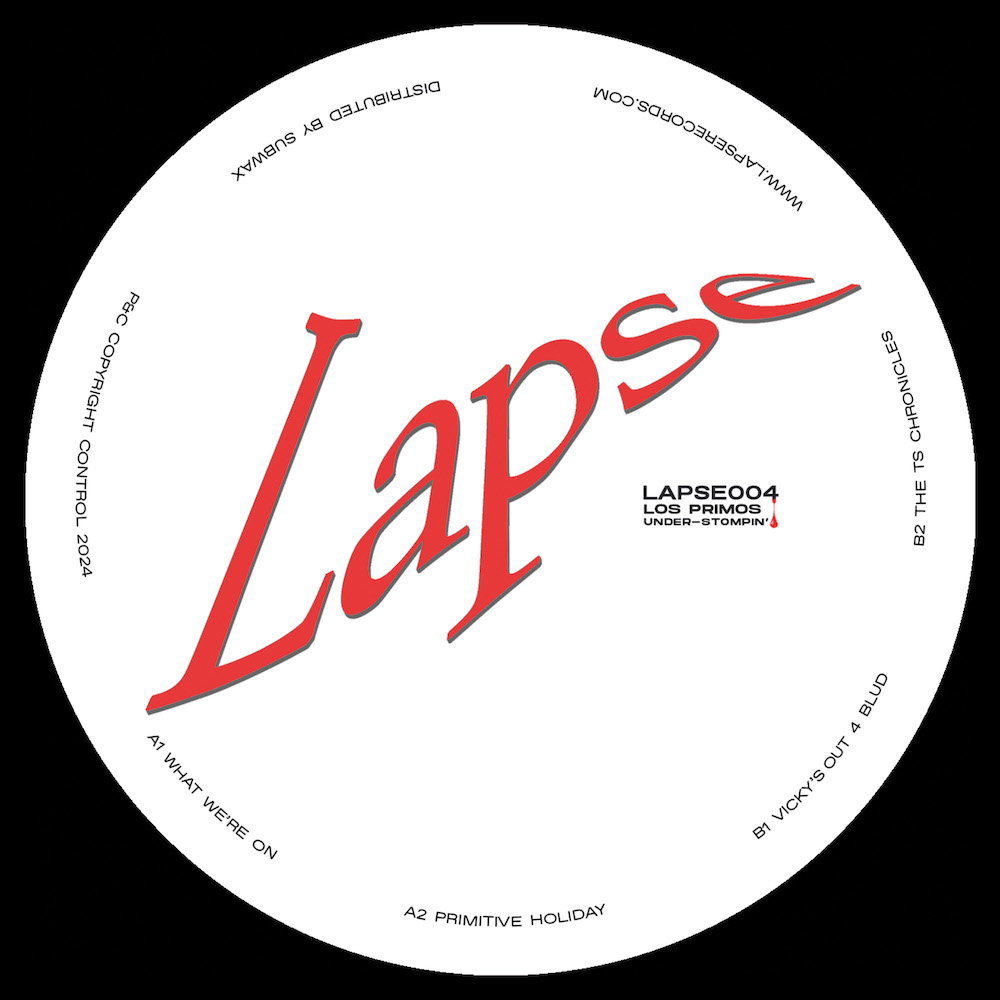
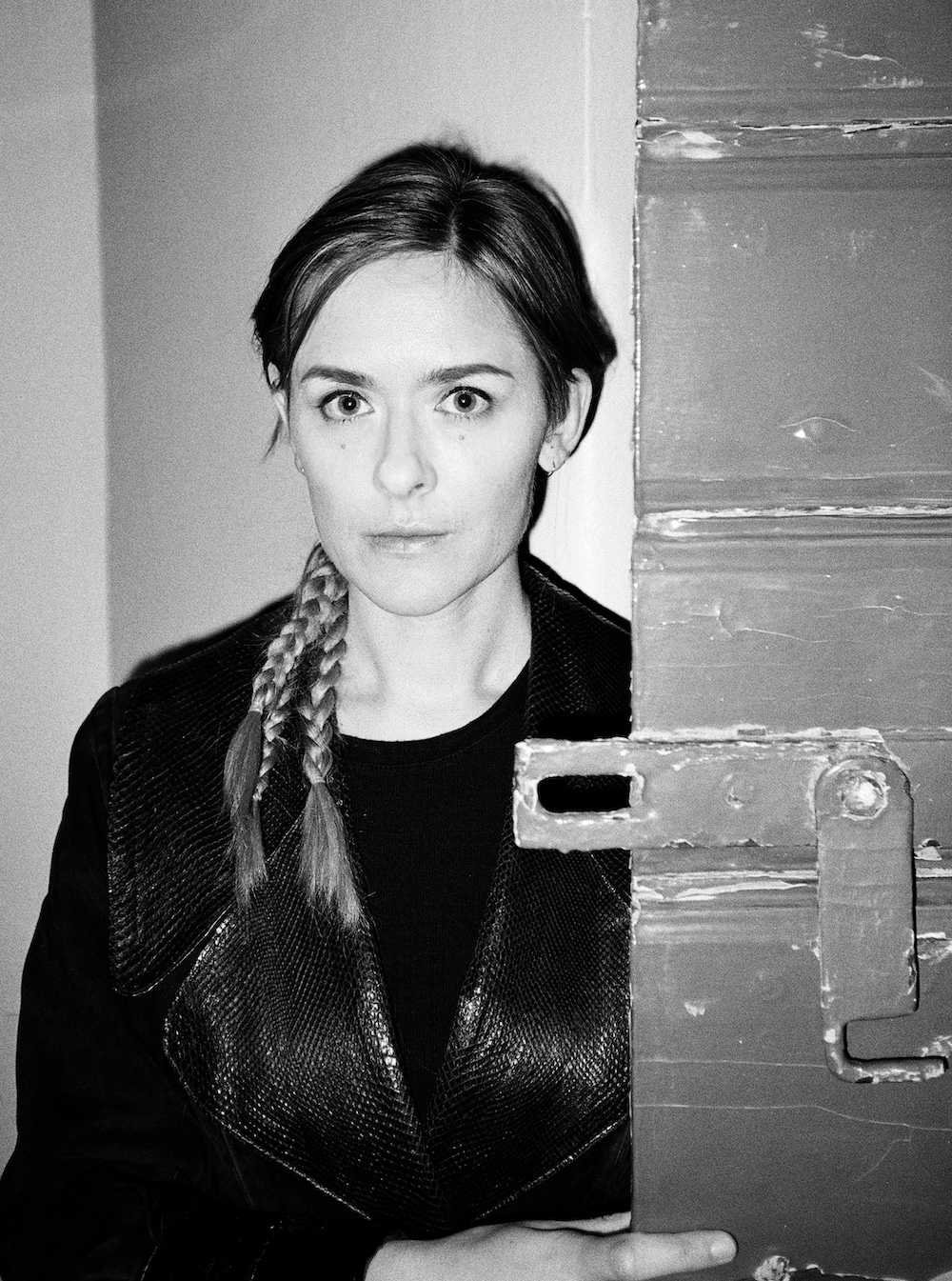
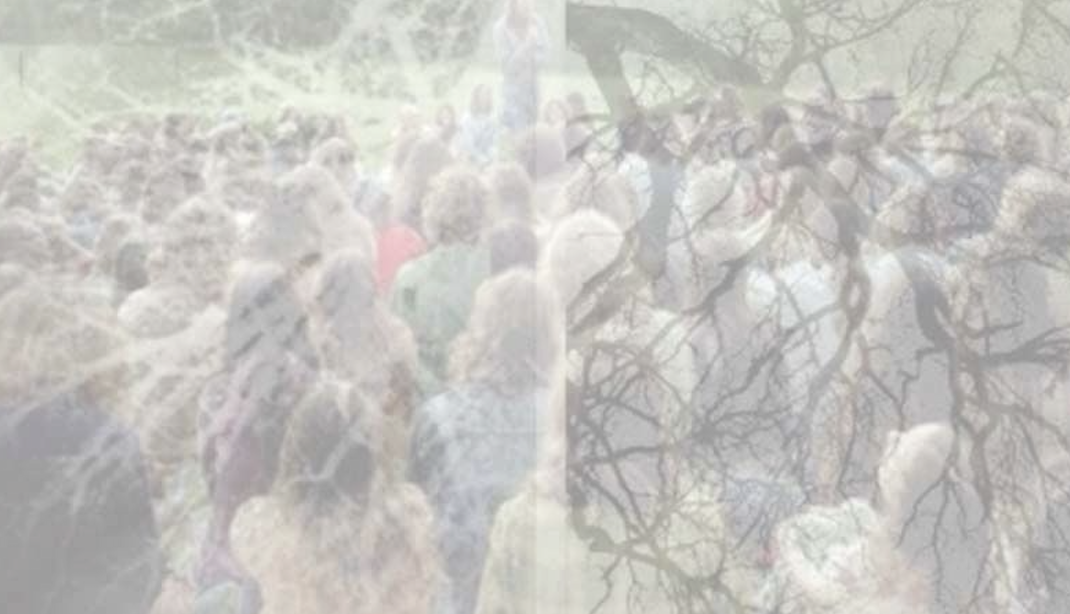












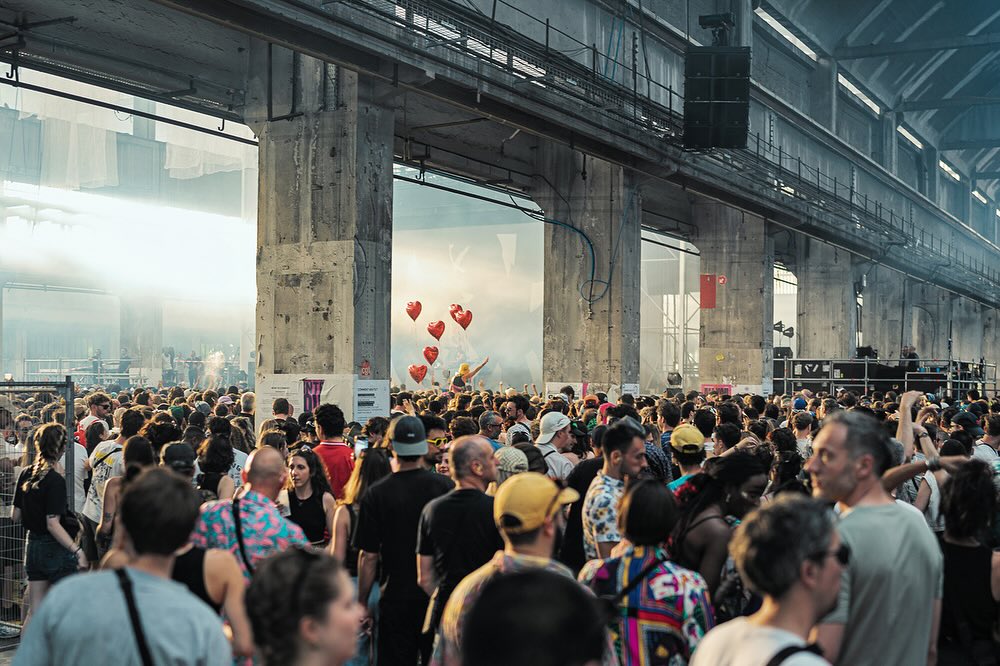
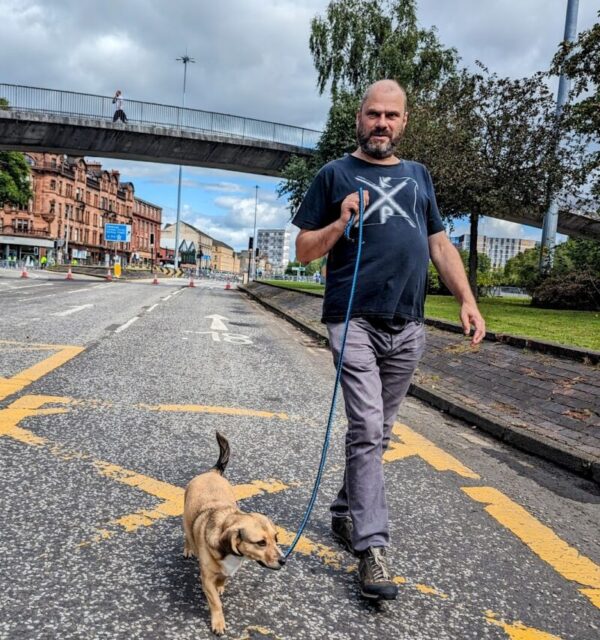



Must Reads
David Holmes – Humanity As An Act Of Resistance in three chapters
As a nation, the Irish have always had a profound relationship with the people of Palestine
Rotterdam – A City which Bounces Back
The Dutch city is in a state of constant revival
Going Remote.
Home swapping as a lifestyle choice
Trending track
Vels d’Èter
Glass Isle
Shop NowDreaming
Timothy Clerkin
Shop Now